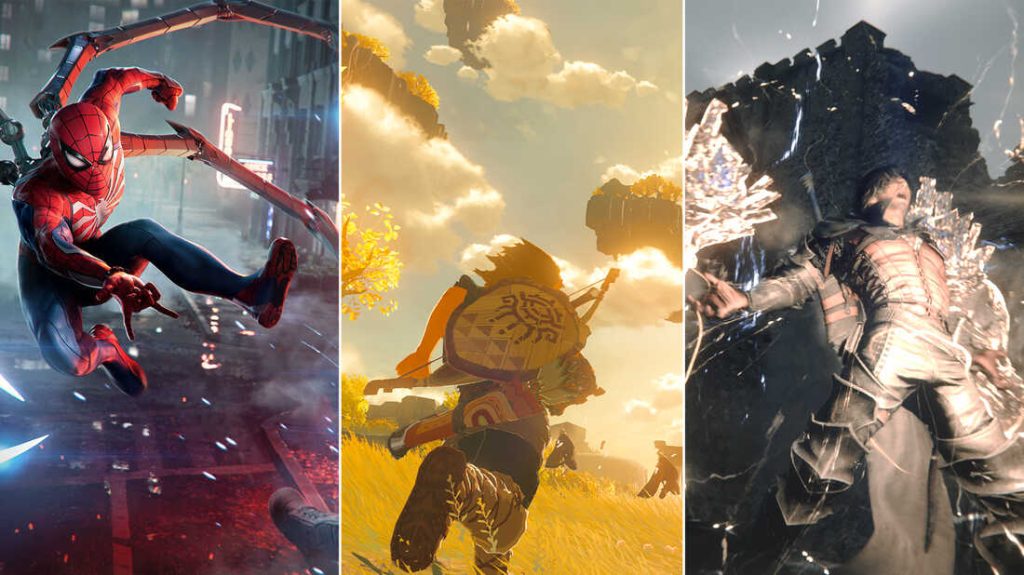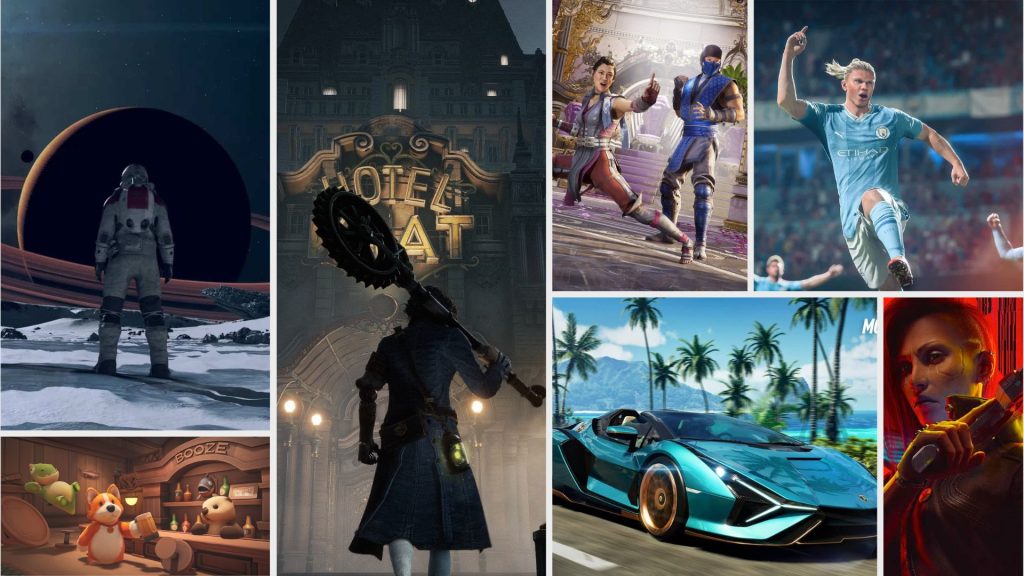In the realm of video games, where every title competes for attention, players’ reviews and critiques are everything. Both players and developers benefit from detailed breakdowns of every new game on the market. Developers receive free test runs and a chance to fix bugs or weaker points. Players don’t have to pay money for a game that’s not ready or not up to the standard they expect.
Remember that game reviews aren’t just about running through levels and tips for passing. They shed light on the complexities that make or break a gaming experience. So, let’s analyze the nuances of writing game critique, exploring the key elements that make a review worthwhile.

Gameplay Mechanics
Picture this – you’re navigating a digital world, and the controls feel like an extension of your thoughts. That’s the gameplay perfection all gamers dream about. Game critics should start and end with the mechanics, focusing on everything from the responsiveness and flow to novelties and genre elements. Important nuances to cover may involve novel control schemes, interactive elements, or inventive ways of progressing through the game. The critique should also spill the beans on how the gameplay vibes with the game’s genre and the players it’s trying to impress.
Storytelling
Every game has a story to tell, and critics are the storytellers’ jury. They’re not just looking at characters. They’re checking the pulse of the plot. How well does the narrative pull you in? Does character development make you care? A good story is always an asset, whether in a game or even an economy paper written by https://speedypaper.com/economics-homework-help.
A good review should provide insights into whether the storytelling elevates the gaming experience or leaves you yawning. It may also involve storytelling techniques, like nonlinear narrative or interactive approaches.
Visual and Aesthetic Design
Let’s face it – we judge games by their looks. The graphics, art style, and overall visual vibe set the stage for the grand performance. Good visuals create an immersive experience, set the overall tone for the game, and allow you to enjoy the picture on a screen. A critique should discuss the art style’s consistency and how it adds to (or crashes) the game’s atmosphere.

Audio
Close your eyes for a moment and think about the iconic sounds of your favorite games. That’s the audio magic we’re talking about. Critics should tune into the soundtrack, sound effects, and overall audio design. How does it complement the visuals? Does it immerse you deeper or leave you with a cacophony of confusion? A review should spill the beans on the sonic experience.
Technical Aspects
The first players care about is having a smooth ride through and through. Yet, technical glitches can turn a game into a bumpy ride. Critics should examine frame rates, loading times, and bugs. Any technical issues will disrupt the gaming experience, pull you out of the digital world, and may affect gaming performance. A comprehensive review should focus on the technical lowdown, giving you a heads-up on whether the game runs smoothly or resembles a glitchy rollercoaster.
Innovation
In the gaming world, innovators always take a special place. Critics become trendpotters, identifying the game changers from the cliché-ridden crowd. From unique gameplay mechanisms to storytelling techniques, games can offer a new route, follow the suit of similar games in the genre, or become a remix of old tunes. A review should let readers know whether the game brings a fresh breeze into the gaming world or chooses to play it safe.
Replayability
Have you ever finished a game and thought, “What now?” That’s where replayability comes in. Critics peek into the game’s after-party, assessing whether there’s enough content to keep you hooked. Multiple endings, diverse gameplay options, and numerous side quests you want to play even after the end of the main plot line are the most common options to prolong the game’s excitement. Another coming trend on the market is the limited number of deaths you can have during the game till you must start from the top. Whatever the game’s tactics are, a good game review should cover what makes you come back for more, even after ‘the end’ titles.
Community Building
Finally, a good review may cover the community around the game. All games that make their way to the top form a strong fan base on their journey. Who are those people? Why do they prefer this game? How do they show their loyalty, and what new do they bring to this gaming world?
Overall, the community vibe is everything. Critics explore the multiplayer society, analyzing how players work together and how they choose to play – solo or in groups. Community engagement, modding, and developer responsiveness – a review should be your backstage pass to the multiplayer experience.
Bottom Line
Writing a game critique is its own form of art. By unwrapping gameplay, explaining narratives, dissecting visuals and audio, and investigating technicalities and innovation, game critics become virtual tour guides.
These reviews aren’t just roadmaps for players. These are also the communication channels with the developers, urging them to improve where necessary and keep what is working. As the gaming world evolves, so does the art of game critique, ensuring it remains a trustworthy compass in the ever-expanding universe of interactive entertainment.

